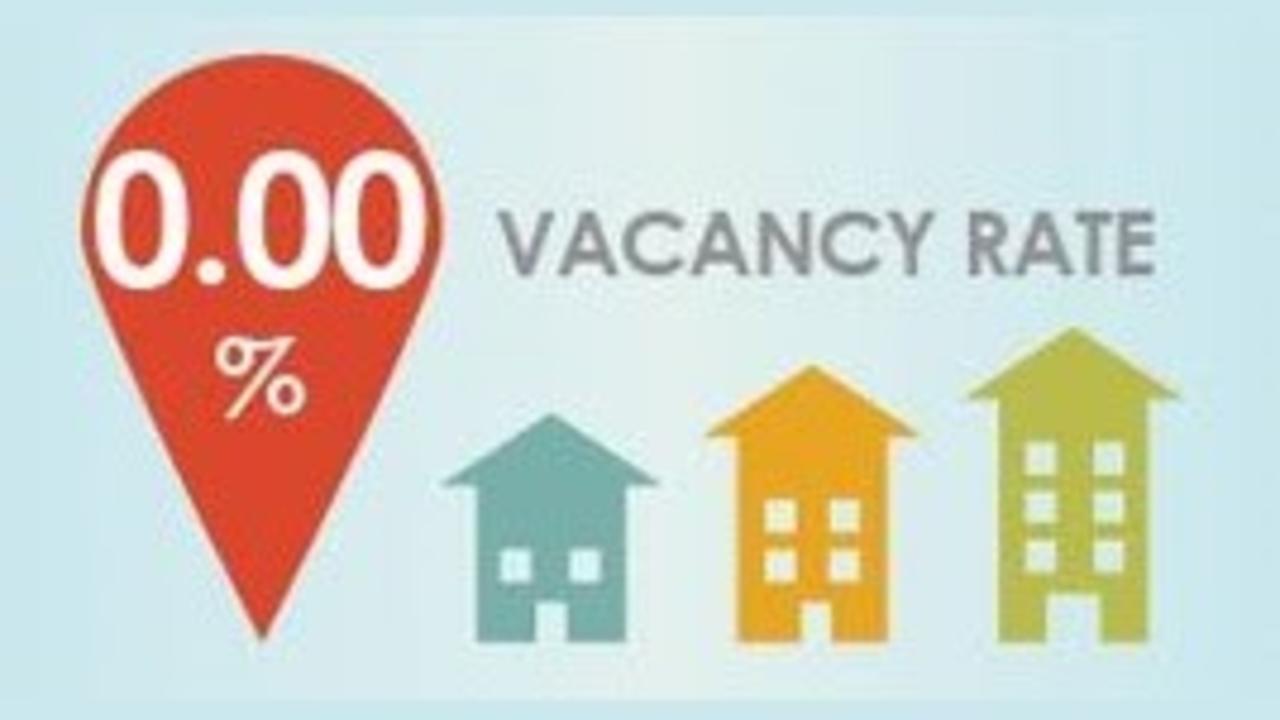Know the Average Vacancy for Your Market
Oct 04, 2019
Every sub-market is unique. It is your responsibility to understand what the metrics are even within your sub-market. Vacancy, average rents, absorption rates, building permits, etc.
Let's take a look at mistake number four. You've got to know the average vacancy for your market. All right, this sounds simple but let me explain to you where this goes wrong. And I'm going to show you exactly what I'm talking about. When I talk about the market, the average vacancy, I'm not just talking about the market. I'm also talking about the sub market within your area.
You can't just say, "Oh that's all 10%." You've got to know exactly what it is within your sub-market. And there are different places that you can find that. And here's why this has become such a crucial problem for new investors.
When you're building the model in your CFA and the cash flow analysis, does it model what the market is doing? In other words, if you put in there the standard or you think that you're going to get this property down to a vacancy of 5%, and you build that 5% over the next 20 years on your CFA model, what's the sub-market that you're in?
What's the actual vacancy in that sub market that you're in? And you have to use that number. Not the 5%. I see students just throwing in a number. Your numbers may look so good but that's not reality.
If the property is running at a 20% vacancy and you're modeling it at 5% because you think you’re going to do such a great job while the market is actually at 12%, I’m afraid you won’t get your average vacancies 7% below what the market vacancy is. It's just not going to work out that way for you. You've got to make sure that you're using the market vacancies in the sub market vacancies in your neck of the woods.
So, that's the thing about the vacancy. And I also see this come up quite a bit on the absorption rate. Let's just think about it logically. And that's the beautiful thing about this business is that all of these concepts and numbers are just so logical.
What is the absorption rate? The absorption rate means that you have to take into consideration how quickly a Multifamily owner can lease up units once they become available. Think about it this way. We’ll, I've got 10 units. Does that mean that by next month I'll have 10 more units of rent available to me? It doesn't work that way.
Different markets move faster than other markets. Some markets are very slow, people are not moving in as quickly as you think. So the chances of you filling up those vacant 10 units in the next month aren't realistic.
And that is called the absorption rate.
We always look to see what the absorption rate is in a particular market especially when we're doing a rehab or doing a repositioning, because you've got to take those numbers into consideration as you build what we call your burn rate through the repositioning. We take into consideration how much money are we not making during these repositioning months and how much more do I have to take out of my own pocket to keep the thing going. And the absorption rate takes that into consideration. It helps you calculate out with the actual numbers.
So don't think that you're going to kick everybody out. Like in three months, we're going to come in and we're going to rehab all 50 units. And on the fourth month, we're going to be making a ton of dough.
Oh wait a minute. That's so unrealistic.
First off, you're not going to fill all 50 because this sub-market has a 12% vacancy. So right away, we know we've got to take six units out. You're only going to have 44 units on this property that you're going to lease up.
Now, what's the absorption rate in that marketplace? Well, it's a bit about three units per month cause things are a little slow. Tthat's going to take you a year and a half to lease up that property.
Now granted, you can start doing concessions. You can start doing a whole bunch of stuff to at least set up faster. But remember there is a cost to concessions. And that's the trade off. So if you want to lease out the place fast, it's going to cost you. That's the difference with taking that stuff into consideration.
